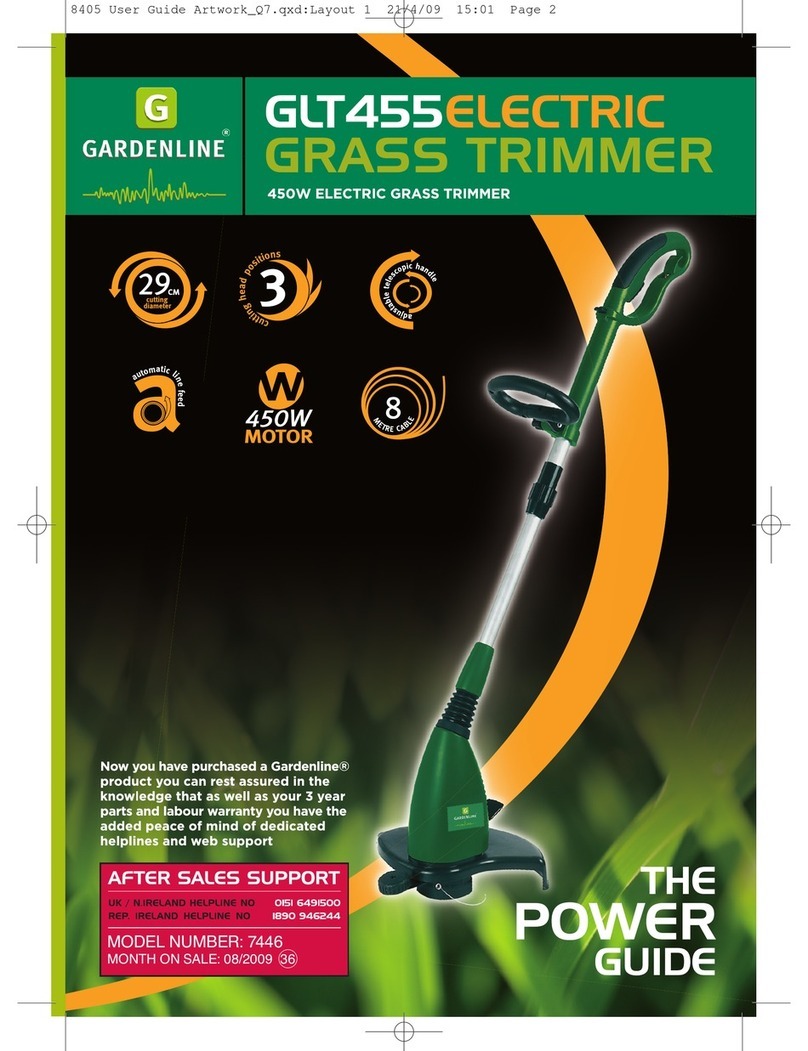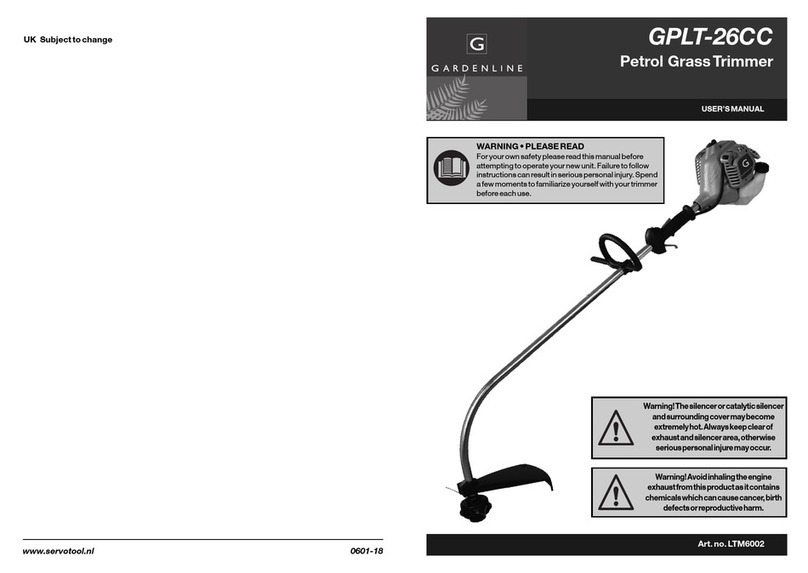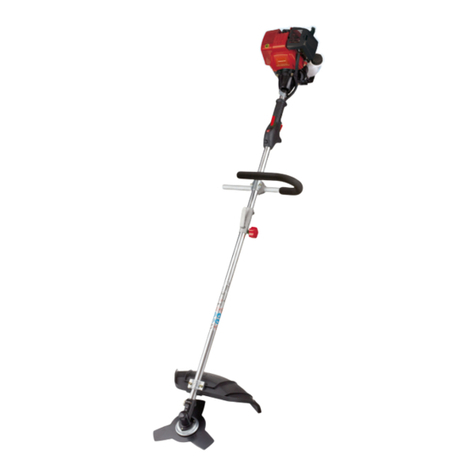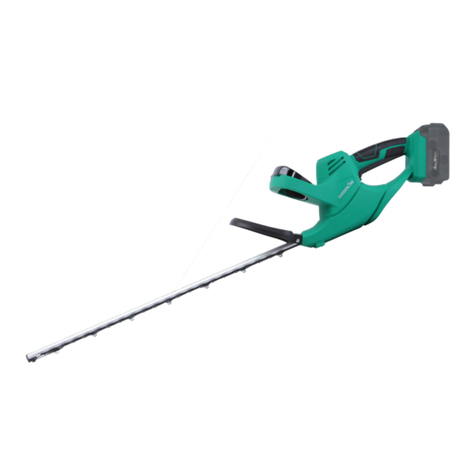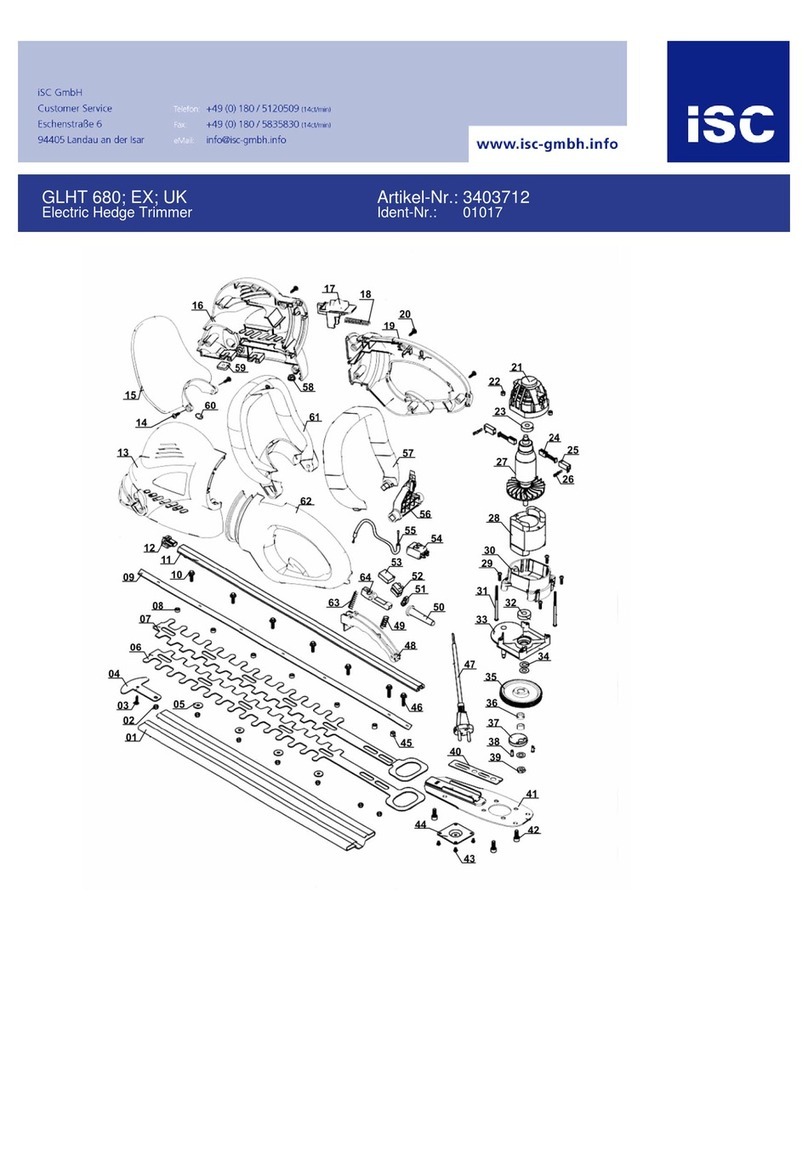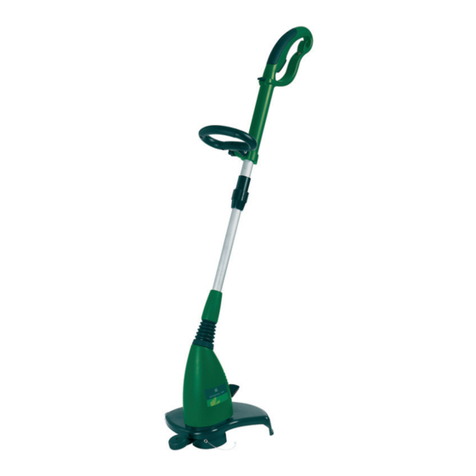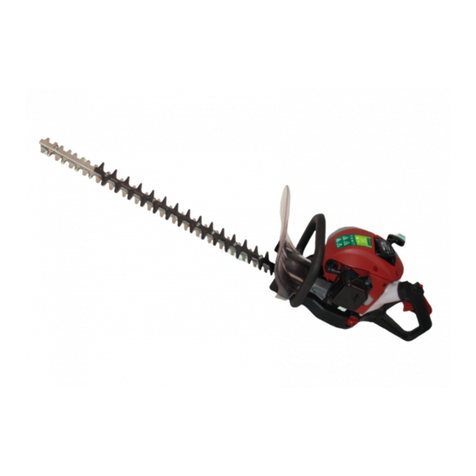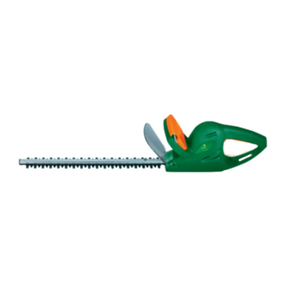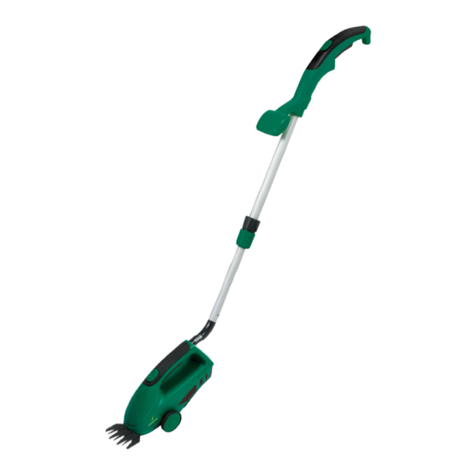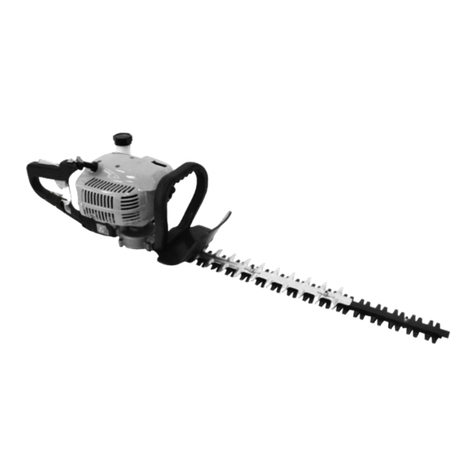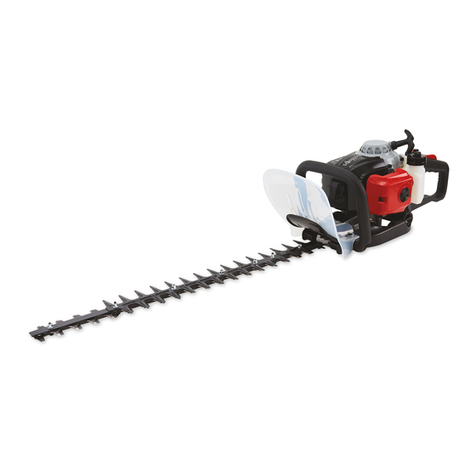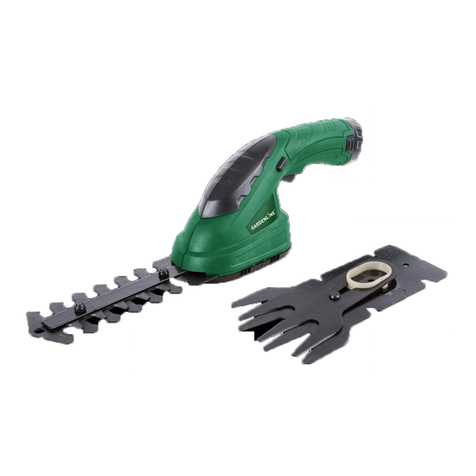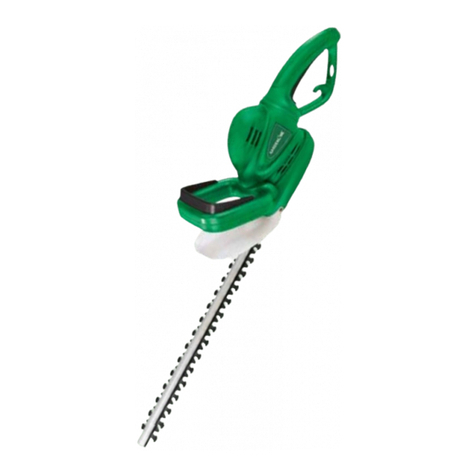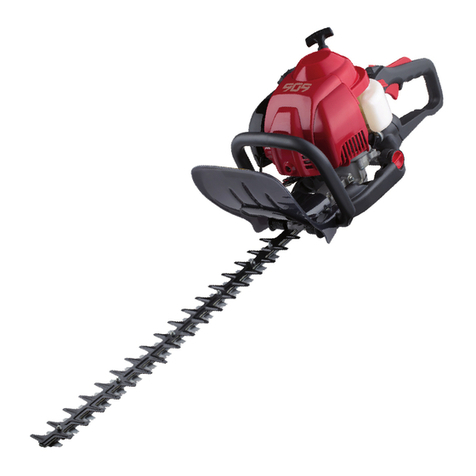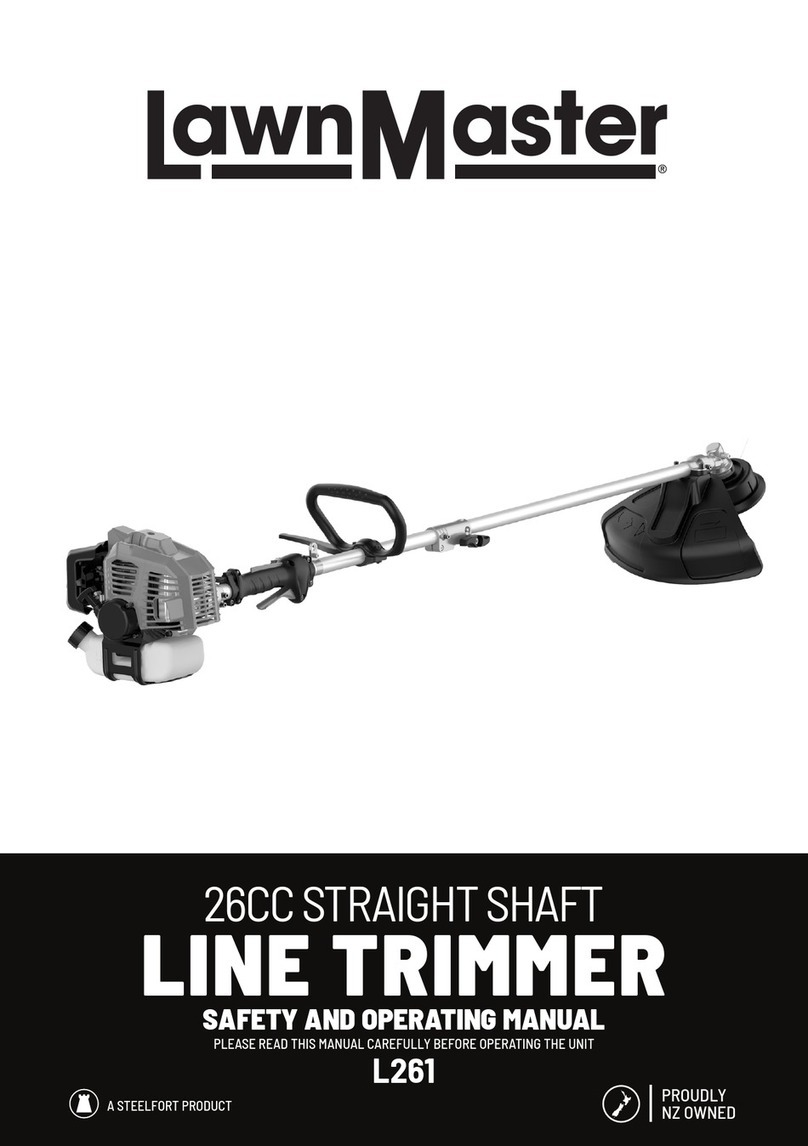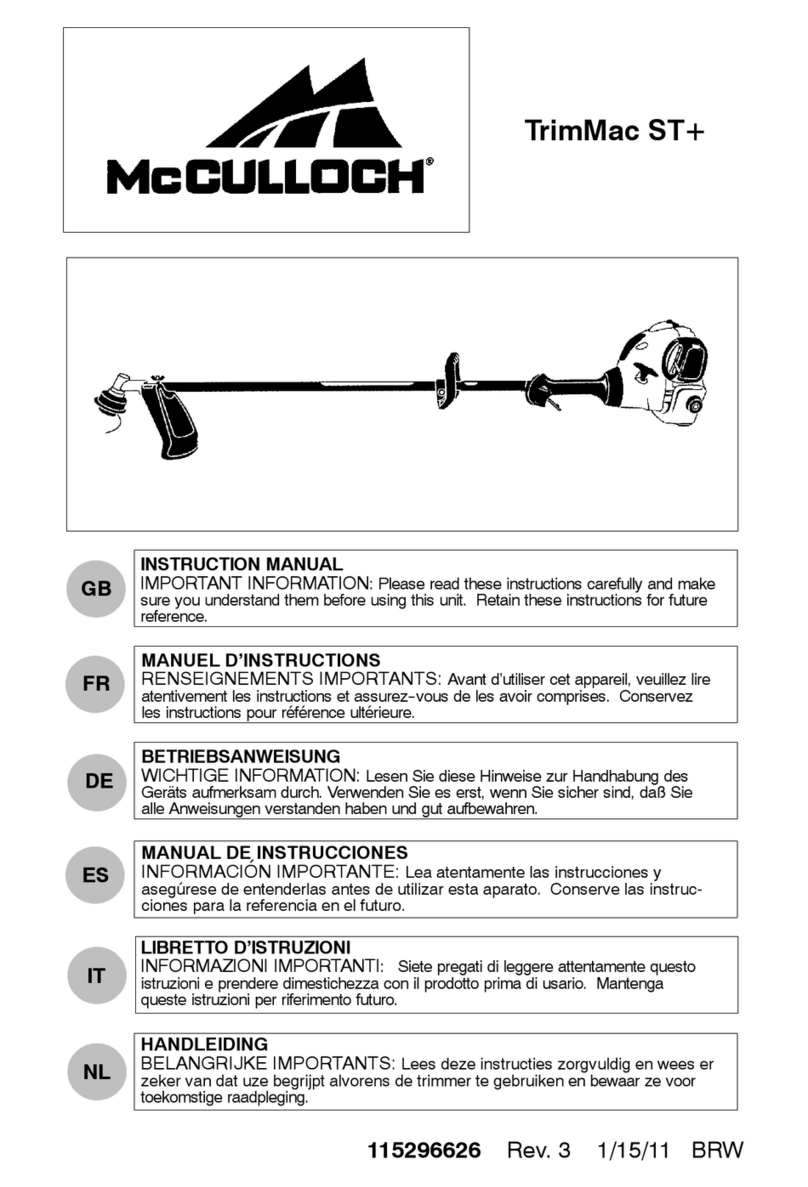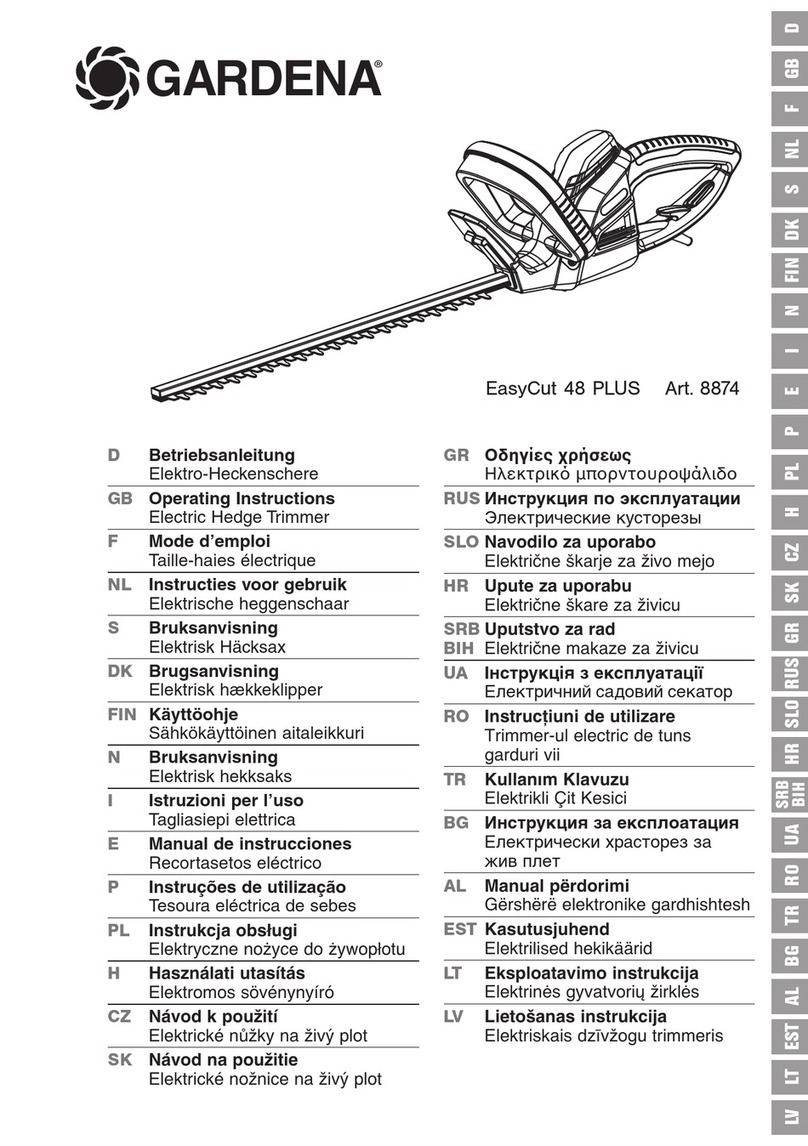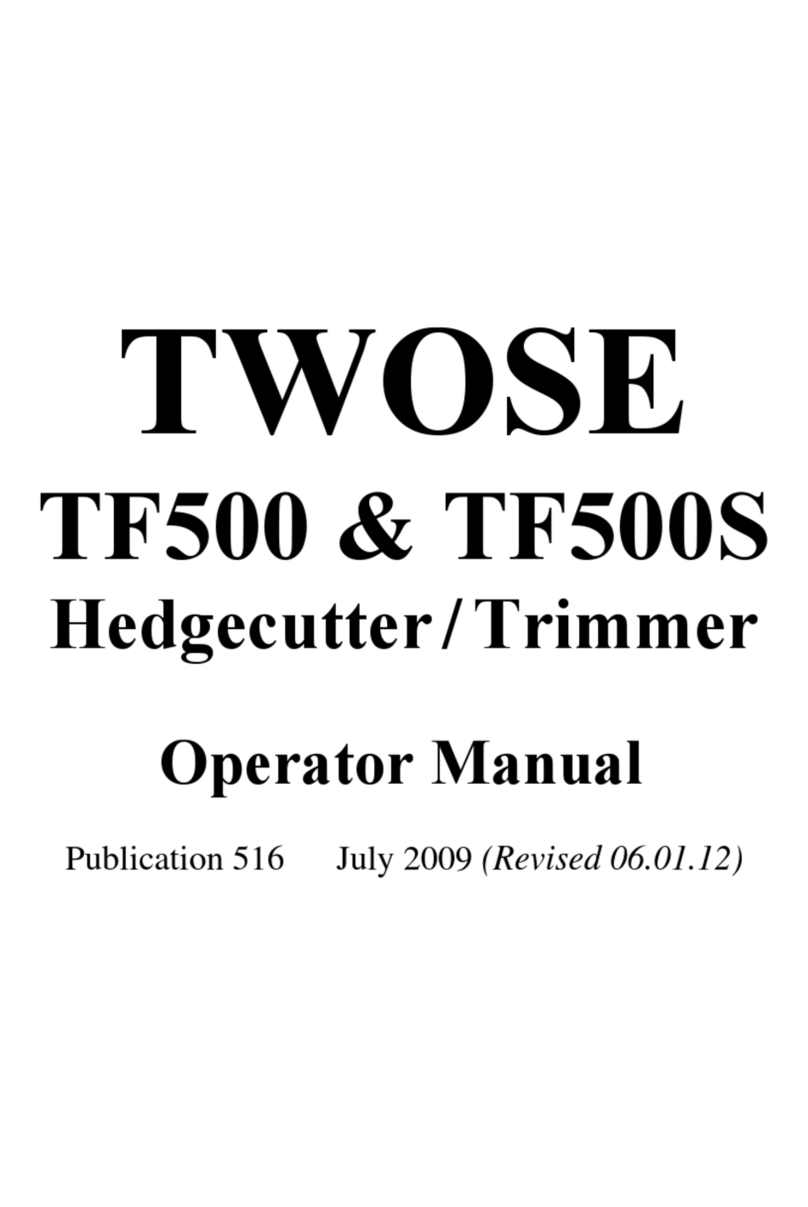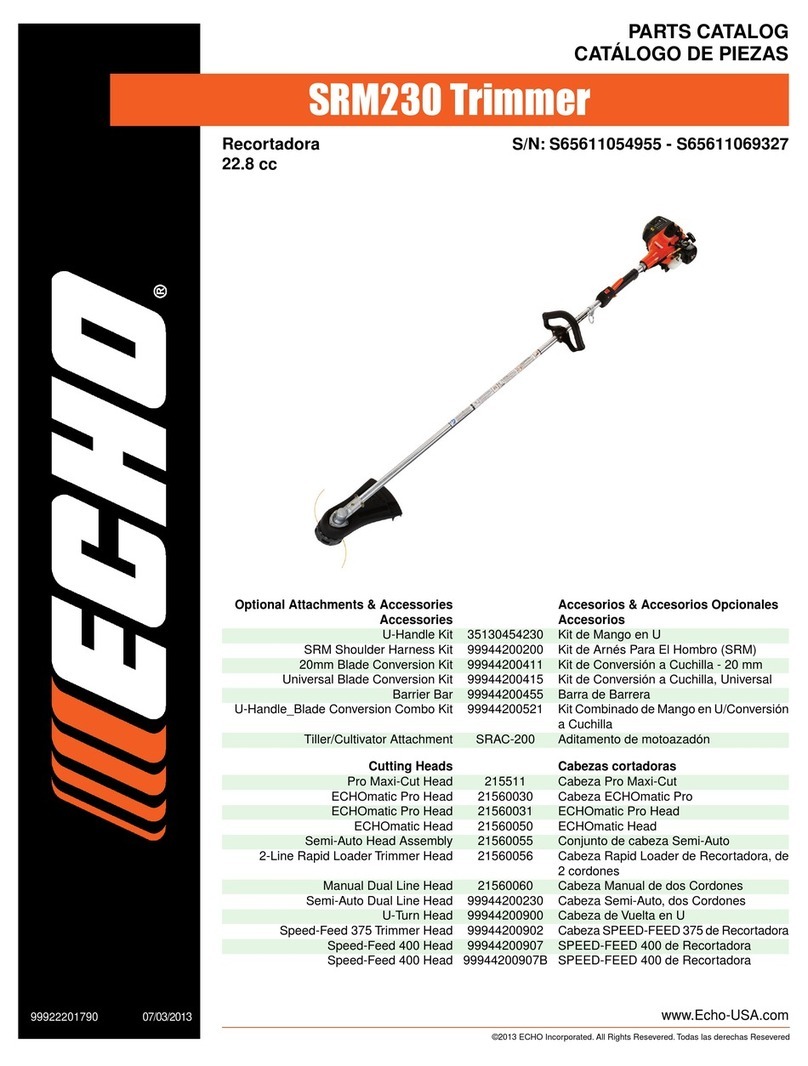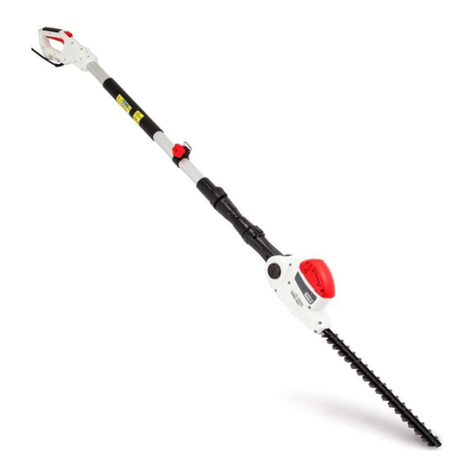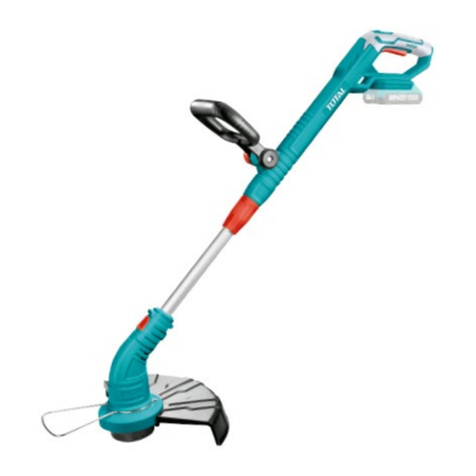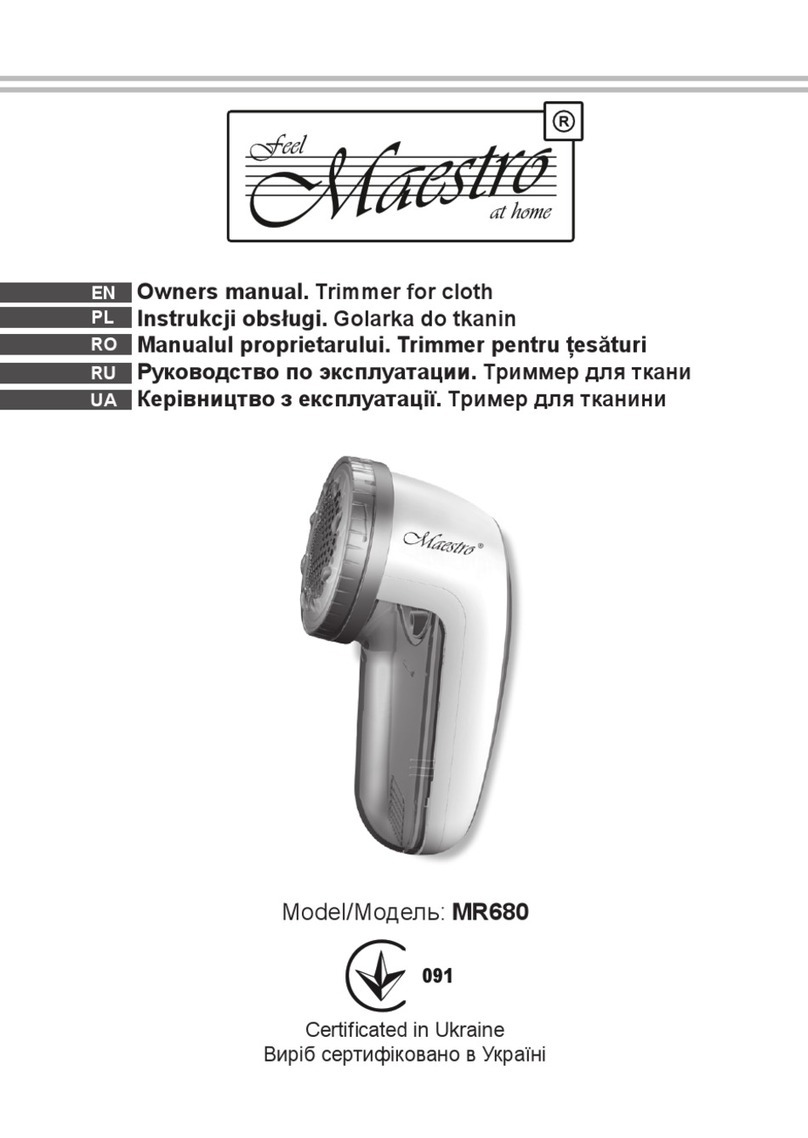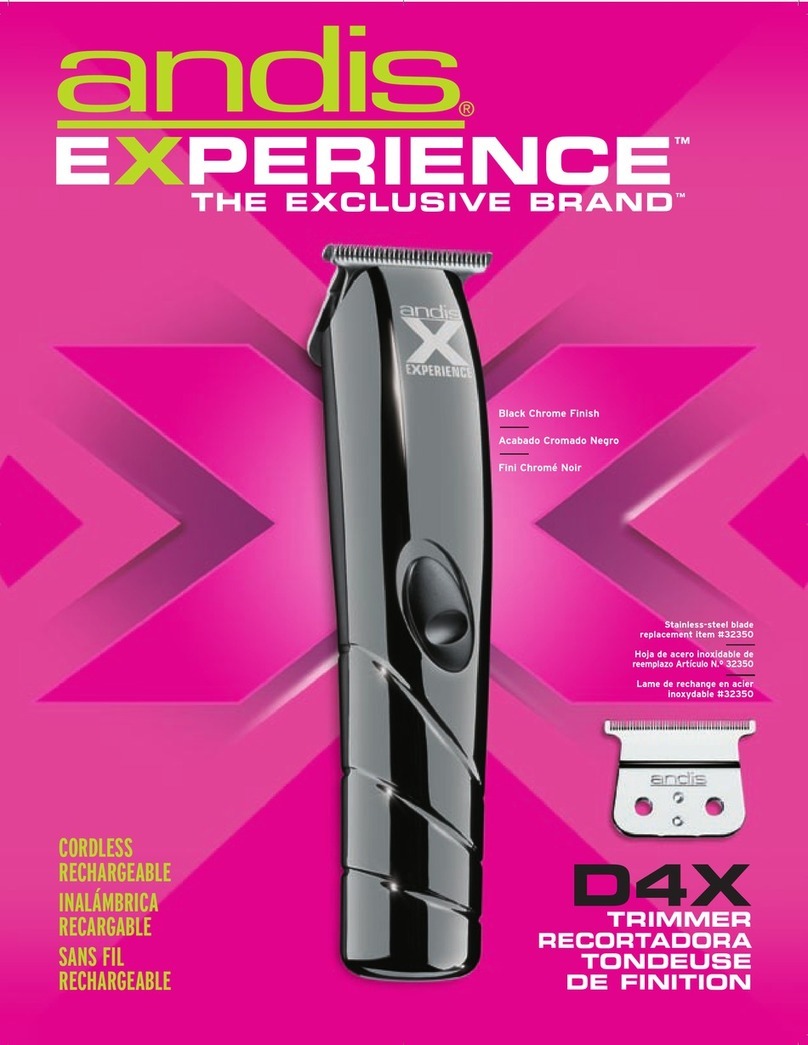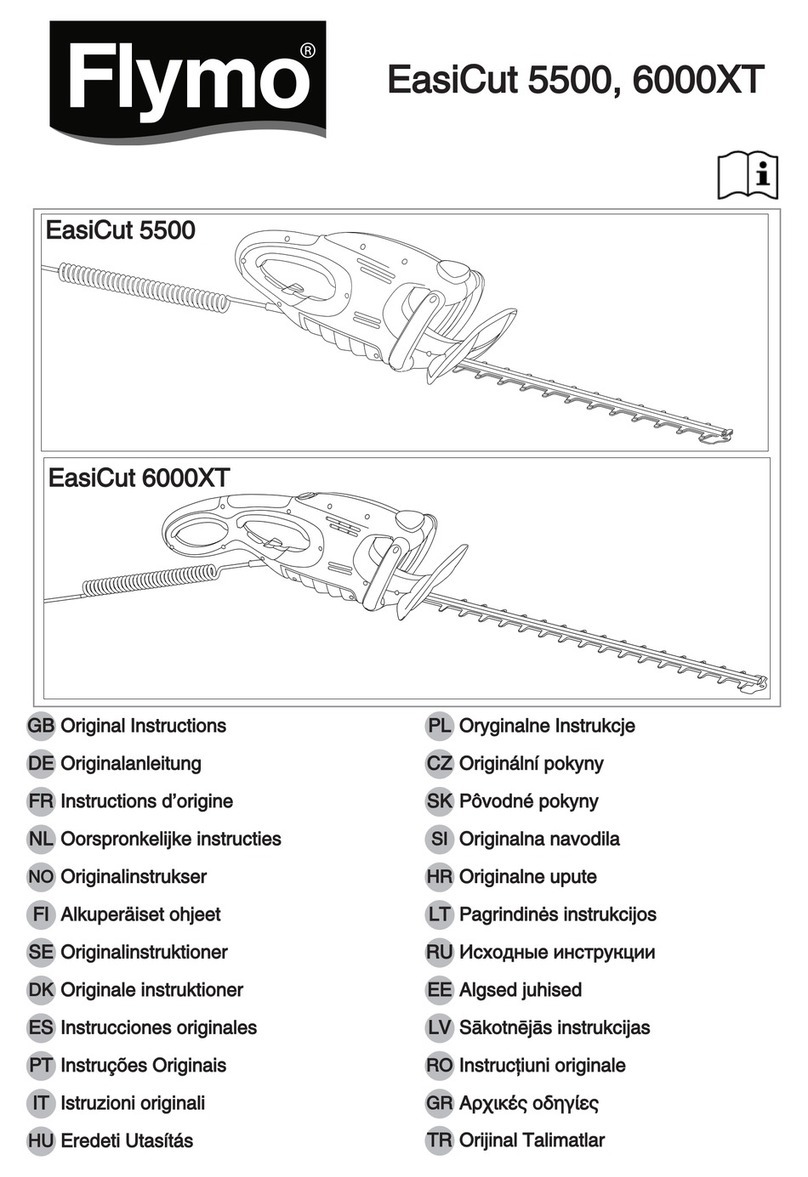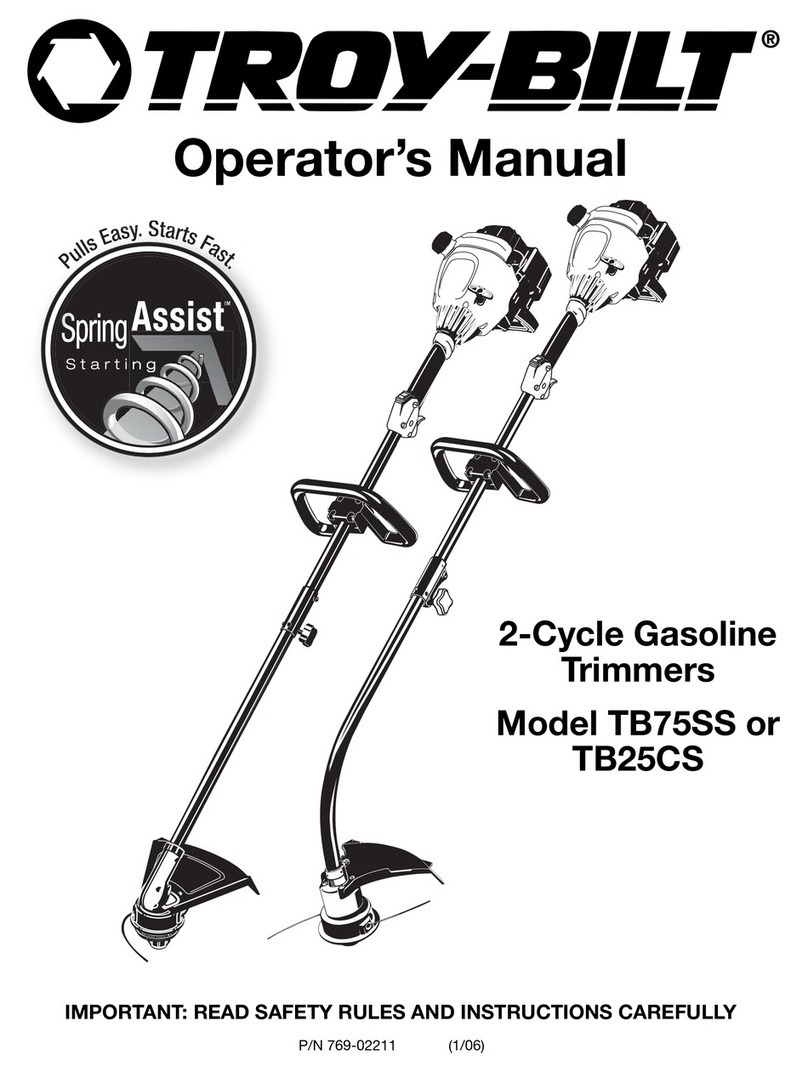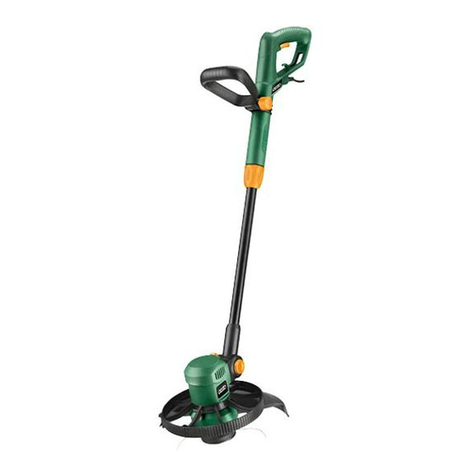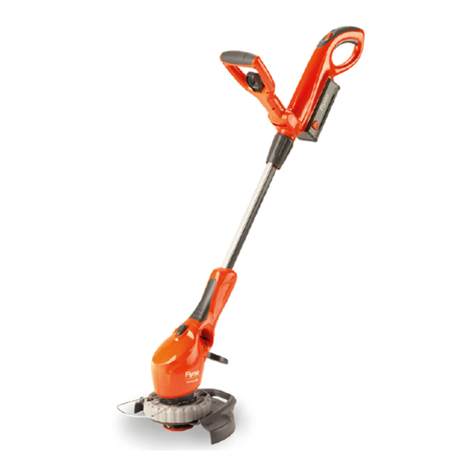
AFTER SALES SUPPORT
1300 922 271 MODEL NUMBER: GL-CH 36 Li, 02/14
7
11.Maintain tools with care
Keep tools sharp and clean for better and safer
performance. Follow instructions for lubricating
and changing accessories. Inspect tool cords
periodically and, if damaged, have repaired by
authorised service facility. Inspect extension cords
periodically and replace if damaged. Keep handles
dry, clean and free from oil and grease.
12.
Disconnect tools
When not in use, before servicing, and when
changing accessories such as blades, bits and
cutters.
13.
Remove adjusting keys and wrenches
Form the habit of checking to see that keys and
adjusting wrenches are removed from tool before
turning it on.
14.
Avoid unintentional starting
Don’t carry tool with finger on switch. Be sure
switch is off when inserting the battery.
15.
Stay alert
Watch what you are doing. Use common sense.
Do not operate tool when you are tired.
16.
Check damaged parts
Before further use of the tool, a guard or other
part that is damaged should be carefully checked
to determine that it will operate properly
and perform its intended function. Check for
alignment of moving parts, binding of moving
parts, breakage of parts, mounting, and any other
conditions that may affect its operation. A guard
or other part that is damaged should be properly
repaired or replaced by an authorised service
centre unless otherwise indicated elsewhere in
this instructions manual. Have defective switches
replaced by an authorised service centre. Do not
use tool if switch does not turn it on and off.
17.
Warning
The use of any other accessory or attachment
other than recommended in this operating
instruction may present a risk of personal injury.
18.
Have your tool repaired by an expert
This electric appliance is in accordance with
the relevant safety rules. Repairing of electric
appliances may be carried out only by experts
otherwise it may cause considerable danger for
the user.
19.
Noise level
The noise level of this power tool is measured
according to EN 10518. Noise level at work area
can exceed 85 dB (A). In that case operators
should protect themselves against damage to
hearing.
CAREFUL HANDLING AND USE OF CORDLESS
EQUIPMENT
•
Ensure that the equipment is switched off
before you insert the battery.
• Inserting a battery into an electric tool that is
switched on can cause accidents.
•
Only charge the batteries in chargers that are
recommended by the manufacturer. A charger
that is designed for a certain type of batteries
may pose a fire risk if it is used with other types
of batteries.
•
Use only the correct batteries in the electric
tools. The use of other batteries may result in
injuries and a fire risk.
•
Keep unused batteries away from paper clips,
coins, keys, nails, screws and other metallic
objects that could cause a short circuit between
the contacts. A short circuit between the battery
contacts may cause burns or a fire.
•
In case of incorrect use, fluid may escape from
the battery. Avoid contact with it. If you touch it
by mistake, rinse the affected area with water. If
you get the fluid in your eyes, also seek medical
advice. Leaking battery fluid can cause skin
irritation or burns.
Additional safety instructions
We pay a great deal of attention to the design of
every battery pack to ensure that we supply you with
batteries which feature maximum power density,
durability and safety. The battery cells have a wide
range of safety devices. Each individual cell is initially
formatted and its electrical characteristic curves are
recorded. These data are then used exclusively to be
able to assemble the best possible battery packs.
Despite all the safety precautions, caution must
always be exercised when handling batteries.
The following points must be obeyed at all
times to ensure safe use. Safe use can only
be guaranteed if undamaged cells are used.
Incorrect handling can cause cell damage.
Important: Analyses confirm that incorrect use and
poor care are the main causes of the damage caused
by high performance batteries.
Information about the battery
1. The battery pack supplied with your cordless
tool is not charged. The battery pack has to be
charged before you use the tool for the first
time.
2. For optimum battery performance avoid low
discharge cycles. Charge the battery pack
frequently.
3. Store the battery pack in a cool place, ideally at
15°C and charged to at least 40%.
4. Lithium-Ion batteries are subject to a natural
ageing process. The battery pack must be
replaced at the latest when its capacity
falls to just 80% of its capacity when new.
Weakened cells in an aged battery pack are
no longer capable of meeting the high power
requirements and therefore pose a safety risk.
